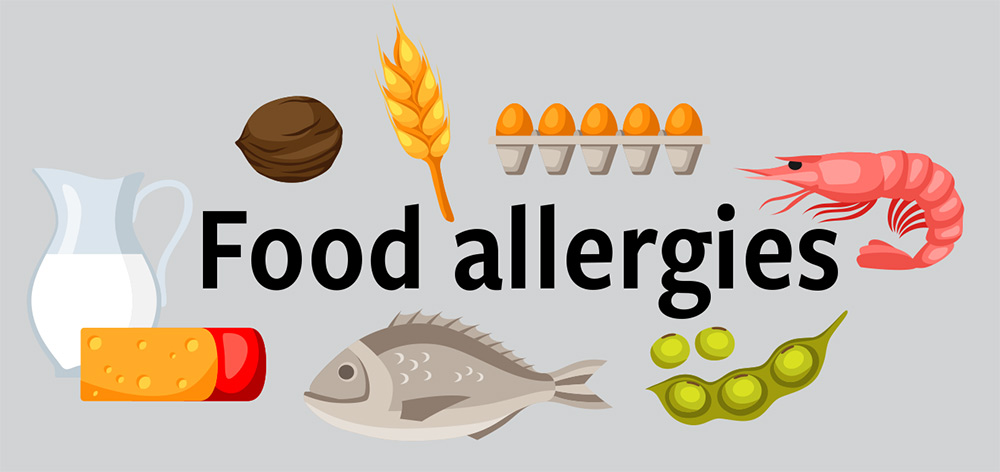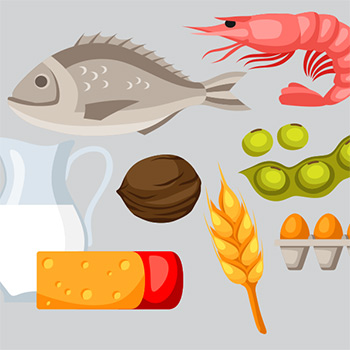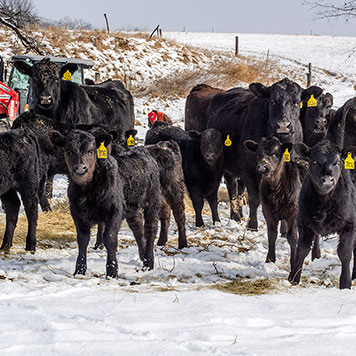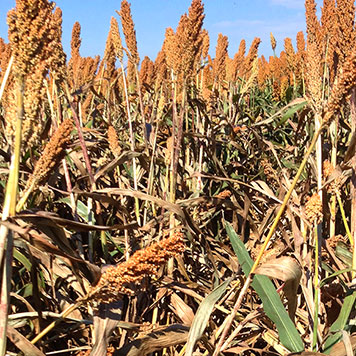
Food Allergy Confusion
Some food allergies really aren’t food allergies.
According to a new study published in the journal JAMA Network Open, nearly half of the people who think they have food allergies really don’t. Instead, many people may suffer from food intolerance or celiac disease, which they may believe to be an allergic reaction to certain foods.
The study, which was done at Children’s Hospital of Chicago and Northwestern University, was based on a nationally representative survey of more than 40,443 adults. According to the study results, 19% of adults think they are currently food allergic, although their reported symptoms are inconsistent with a true food allergy — a situation that can trigger a life-threatening reaction.
The study found that only half of adults with a food allergy had a physician-confirmed diagnosis, with fewer than 25% having a current epinephrine prescription. Instead, the study authors said that while one in 10 adults have a food allergy, nearly twice as many adults think that they are allergic to foods. However, their symptoms may suggest food intolerance or other food-related conditions instead.
According to the study authors, in order to have a true food allergy, respondents had to cite at least one of the following symptoms: hives, swelling of the lip or tongue, difficulty swallowing, chest tightness, trouble breathing, vomiting, chest pain, rapid heartbeat or low blood pressure. Those who reported having only an itchy mouth or gastrointestinal symptoms, such as diarrhea and cramps, were not considered to have a food allergy because symptoms such as those don’t indicate the body’s immune system reacting to an allergen, the researchers said.
“It is important to see a physician for appropriate testing and diagnosis before completely eliminating foods from the diet,” the researchers said in a written statement. “If a food allergy is confirmed, understanding the management is also critical, including recognizing symptoms of anaphylaxis and how and when to use epinephrine.”
The study authors also found that nearly half of those with a food allergy developed it while an adult. Common foods identified as allergens among U.S. adults are:
- shellfish, affecting 7.2 million adults;
- milk, affecting 4.7 million adults;
- peanut, affecting 4.5 million adults;
- tree nut, affecting 3 million adults;
- fin fish, affecting 2.2 million adults;
- egg, affecting 2 million adults;
- wheat, affecting 2 million adults;
- soy, affecting 1.5 million adults; and
- sesame, affecting 0.5 million adults.
Editor's note: Tracy Turner is the technical editor for the Ohio State University College of Food, Agricultural and Environmental Sciences. This column was reviewed by Irene Hatsu, state specialist in food security for OSU Extension.



















